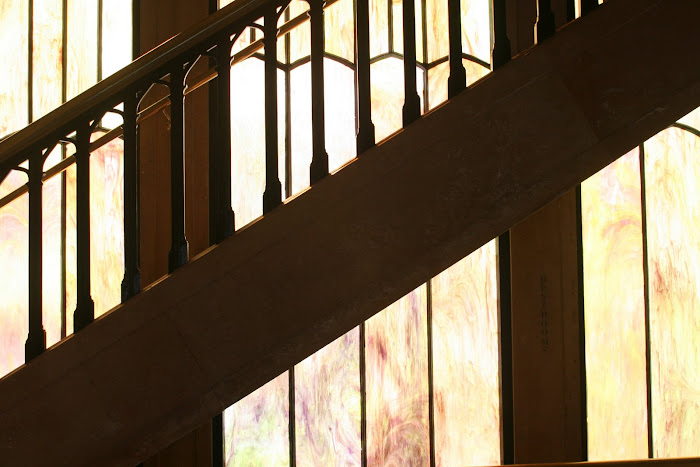The Anasazi
One of the greatest puzzles in archaeology has been, and continues to be, the circumstances surrounding the development and demise of the Anasazi. The Anasazi cultural tradition is ancestral to the modern Pueblos and is found throughout the Four Corners region of the American Southwest. It reached its zenith about 900 years ago with a complex system of masonry pueblos radiating outward from Chaco Canyon, connected by a series of roads and signaling stations. In the 13th century, the Chaco region was abandoned and the Anasazi moved north and west, taking up residence in the cliff dwellings of Mesa Verde and numerous other canyons before vanishing entirely.
Next Monday (May 9), the History Channel will be airing a show called Digging for the Truth: Mystery of the Anasazi at 9:00 pm ET. The show promises to examine possible reasons for the disappearance of the Anasazi, including drought, invasion, internal warfare, and cannibalism.
Cannibalism and Violence
Anasazi sites throughout the Southwest reveal evidence of violence in the form of fortified settlements, site burning, unoccupied zones, unburied bodies, rock art depicting weapons, shields, and warfare, and of course human remains themselves. After decades of ignoring or dismissing the role of warfare in the Southwest, archaeologists are finally beginning to examine how violence may have affected the region, though it is still far from widely accepted as a major impetus of change.
Archaeologists remain sharply divided, however, over the identification of possible cannibalism at many Anasazi sites. Initially, cannibalism was based on the observation that some human remains show the same pattern of destruction and burning as the remains of animals used for food. With further research, Christy G. Turner II identified a set of six criteria that must be present in order to infer cannibalism in human remains: perimortem breakage, anvil abrasions, cut marks, burning, missing vertebrae, and pot polish.
What I am continually struck by in examining human bone assemblages from this area is not just the signature of cannibalism (an interpretation I do agree with), but also the extreme degree of violence. People are cut up, smashed into tiny pieces, their faces bashed repeatedly. Why was the violence so brutal? Why were people seemingly cut up and cooked like animals? And why does this kind of violence and cannibalism occur in sites connected to the Chaco Phenomenon?
There are a lot of questions and few answers regarding the Anasazi. Further discussion of the issues can be found at the links below, as well as in-depth studies in the books cited.
Articles
The International Journal of Osteoarchaeology published a special issue on cannibalism and violence in 2000 which included my own article: The Taphonomy of Cannibalism: A Review of Anthropogenic Bone Modification in the American Southwest.
National Geographic
Researchers Divided Over Whether Anasazi Were Cannibals
US News & World Report
Dying for Dinner?
Books
Man Corn: Cannibalism and Violence in the Prehistoric American Southwest
Christy G. Turner II and Jacqueline A. Turner
Prehistoric Cannibalism at Mancos 5Mtumr-2346
Tim D. White
Prehistoric Warfare in the American Southwest
Steven A. LeBlanc
Deadly Landscapes: Case Studies in Prehistoric Southwestern Warfare
Steven A. LeBlanc
Subscribe to:
Post Comments (Atom)

2 comments:
When I did some white water rafting down the Colorado, (Utah)we saw a few of the Anazasi cave ruins and our guides told us a lot of stories about them. How they left their kids in caves while they hunted and fished, etc. Fascinating stuff. Genocide could be a reason for their disappearance, you think? I'm going to try to remember to watch this if I can get it on TV.
Personally, I think climate change (drought) had a lot to do with their disappearance. Chaco Canyon is one of the most bare, dry places you can imagine, so the fact they built up these amazing cities there is incredible and likely a reflection of a period of unusually wet climate. When it shifted back to normal and then even drier, it had to have a huge impact on their ability to feed themselves. Would that alone prompt the kind of extreme violence and cannibalism found at some Anasazi sites, though? I don't know. My gut feeling is that the cannibalism was in some way ritualistic, but what prompted it is something we will probably never know.
Post a Comment